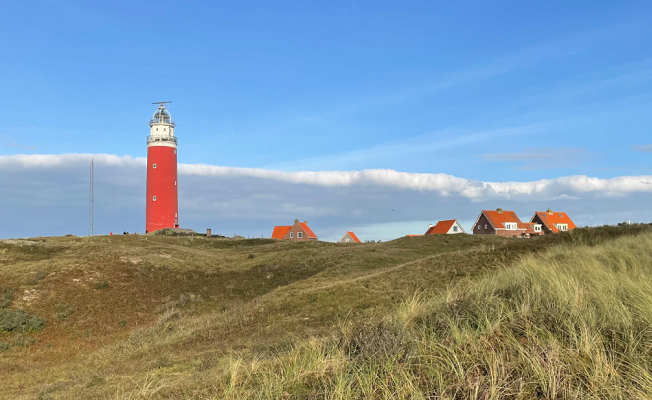Telefonica partnered with Nokia to deploy the vendor’s evolved Service Operation Centre (eSOC) platform in the UK, a move designed to improve customer experience and enable real-time monitoring services for 32 million subscribers across its network.
In a press briefing in London, Brendan O’Reilly, CTO at Telefonica O2 UK (pictured, left), said the eSOC move is another step on its “customer-centricity journey” and will allow the company to make customer-led decisions, rather than its previous engineering-led approach.
It will also focus on providing enhanced, tailored services to individual customers, he said.
Telefonica and Nokia explained in a statement the eSOC platform provides a flexible way to interface with O2 UK’ s systems and data sources, while allowing the operator to monitor customer experiences and take recommended actions based on measured trends.
Nokia has integrated a range of automation techniques into the eSOC, which incorporate artificial intelligence and machine learning insights, allowing its operator partners to optimise their operations.
The vendor will provide support to Telefonica from its SOC Office Consultancy on the re-engineering process required, with the service set to go live in Q4. New use cases will be added to the platform over the next 18 months.
Telefonica and Nokia’s partnership is the first of its kind for the SOC platform, but O’Reilly said Telefonica has rolled out the programme in Germany, Chile and Argentina with different vendor partners.
He added SOCs will allow the company to connect many systems and tools, such as Self Organising Networks (SON), to “allow us to make real-time decisions on our network”.
The 32 million subscriber figure provided by Telefonica includes UK MVNO customers running on its network, such as Sky Mobile.
5G opportunity
During the briefing, Tim Smith, VP of Nokia Software Europe (pictured middle), provided a broader update on the vendor’s software solutions. He said Nokia can help operators like Telefonica pounce on the advantages offered by 5G and bring services to market more quickly.
He argued that, today, with most operator services hard-coded across BSS, OSS and the network layer, it can take up to 14 months to launch a new service.
“If it takes you that long to launch a new service, how can you take advantage of all the digital opportunities 5G enables…You need to get to a very rapid release cycle to really exploit 5G. If you could do that in days or weeks, you can gain market share and increase profit.”
O’Reilly said the flexibility offered by SOC was another reason why the platform would be “vitally important” for the operator.
“By getting a launch timeline for new services down to days, the number of services we can offer our customers grows.”
“5G brings a huge amount of opportunities, and service isn’t going to be traditional as we know it today. Today, it is service from a tablet or a phone. In the future it can be cars and connected devices and the service we provide becomes more important, where some part of the human element is taken away.”
The partnership was announced less than a week after rival Ericsson revealed it booked a SEK6.1 billion ($680 million) charge in Q4 2018, related to its ailing BSS business.
Smith declined to answer questions on whether the Swedish vendor’s woes had resulted in an uptick in business for Nokia.











Comments